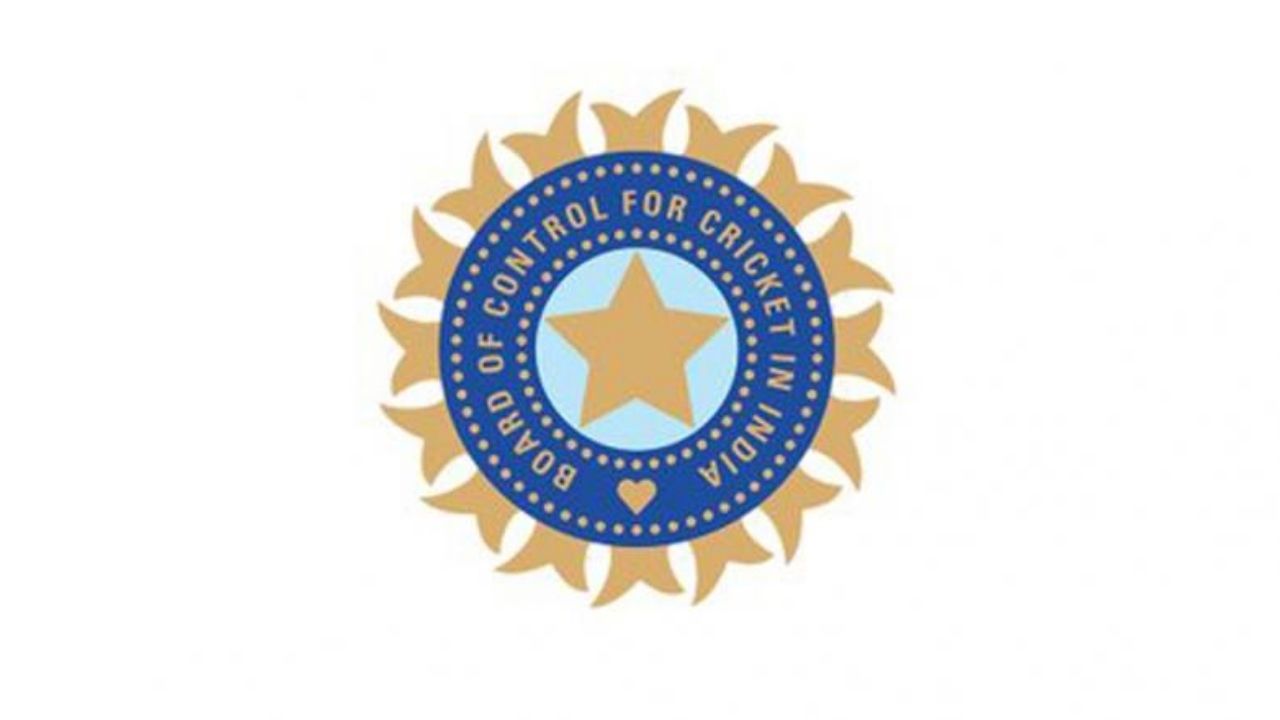The HotSpot technology has come into the limelight after Virender Sharma gave Virat Kohli out during the 2nd India vs New Zealand test, know why doesn’t the BCCI use it
India captain Virat Kohli was given LBW by the third umpire on the first day of the second Test against New Zealand. He was trapped lbw by New Zealand left-arm spinner Ajaz Patel. On field umpire, Anil Chawdhary felt Kohli was hit on the pads and the India skipper immediately asked for the Decision Review System (DRS).
Third Umpire, Virender Sharma upheld the decision as he felt there was no conclusive evidence to overturn the decision according to him. However, the replays suggested that the ball the bat of the 33-year-old. This call has created a lot of controversy and the third umpire has been criticized.
What is the HOT SPOT technology in cricket?
It is an infrared imaging technology which is useful to whether the ball has struck the bat or pad first. It needs two cameras on the opposite sides and above the field of play. This helps in recording images continuously. It is helpful in determining whether the ball has hit the bat or pad.
The technology examines the contact of the ball with the bright spot created by the technology. The technology was originally founded by a French scientist Nicholas Bion and introduced in the game by a Melbourne-based company BBG Sports.
Why is the BCCI is reluctant to use the HotSpot technology?
The Board for Control of Cricket in India (BCCI) was not a fan of the DRS since it’s inception in 2008. They reluctantly agreed for it’s usage during the India’s four-match Test series against England on their backyard. The lbw decision used to be questionable those days. According to the rulebook in those days, the batsmen wouldn’t be given out if they stepped ahead by 2.5 meters while meeting the ball with the pad.
In 2016, the BCCI changed their stance on the technology and decided to use it in the five-match Test series against England at home. The cricket board tried to use the Hot Spot in the series but the decided otherwise as they couldn’t get it on time. The use of Hot Spot depends highly on the consent of broadcast partners as it carries high transportation charges. Unlike Channel Nine and Sky Sports, the Indian broadcast partners are reluctant to use the technology.



